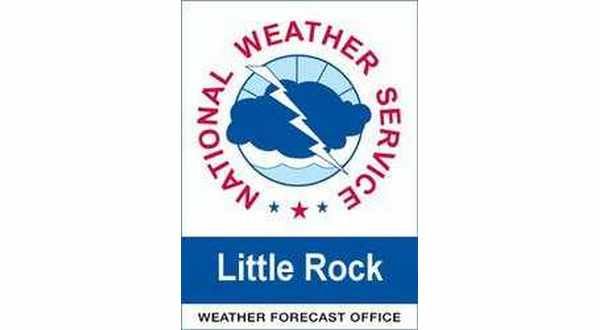
While the rainfall through the first three months of this year is above normal, it’s nothing like the area has seen in recent years. Through the end of March, 11.86 inches of rain was recorded at KTLO, Classic Hits and The Boot, the official reporting station in Mountain Home for the National Weather Service. The average rainfall for the first quarter is 10.22 inches, meaning Mountain Home is 1.64 inches above normal.
This is quite different from the last two years. In 2019, 17.83 inches of rain fell in the first three months of the year setting the stage for what would become the second wettest year in Mountain Home history, with a total of 70.77 inches of rain. Last year, 18.09 inches of rain fell in the first quarter. The yearly total finished at 65.86 inches, which was the fifth-wettest year in Mountain Home history.
May of last year was one of the wettest months in Mountain Home history. A total of 14.95 inches of rain fell, making it the wettest May in history and the fifth-highest monthly rain total in Mountain Home history.
Spring is traditionally the wettest time of the year with three of the five wettest months of the year, according to National Weather Service monthly averages for Mountain Home. Average rainfall for March is 4.48 inches, 4.13 inches is the average for April and May’s average rainfall is 4.85 inches. The wettest month according to the averages is November at 5.31 inches while September is the fourth wettest at 4.33 inches.
While the rainfall is considerably lower this far in 2021, February went down as one of the snowiest ever in Mountain Home. A total of 9.5 inches of snow was recorded over a four-day period from Feb. 15-18. The 9.5 inches makes it the seventh-snowiest February on record. The most snowfall ever in February was in 1993, when 20.5 inches fell, including 14 inches on Feb. 16 that year, which is tied for the highest single-day snowfall in Mountain Home history.
To view weather records and averages for Mountain Home, visit ktlo.com/weather.
WebReadyTM Powered by WireReady® NSI










